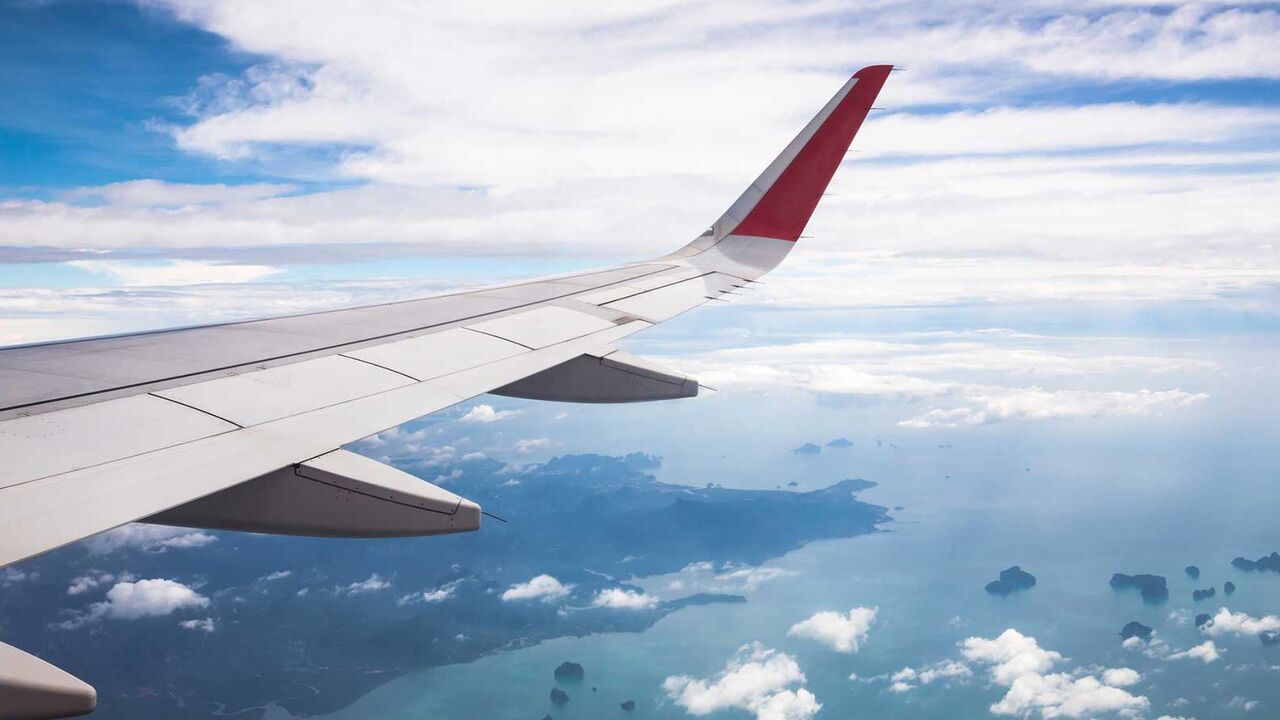The idea of curling the edges of an airplane’s wings first appeared in the 1970s. During this period, the price of kerosene for aircraft increased greatly. As a result, engineers began to think about how to reduce fuel consumption.
While observing eagles, engineer Richard Whitcomb noticed that the feathers on the tips of their wings were pointing upwards. This inspired the specialist to create fins. Moreover, this design feature really helped to consume less fuel.
But how does it all work? During the flight of an airplane, a low pressure area is formed above the wing and a high pressure area is formed under the wing. This leads to the formation of lift, where the aircraft can be in the air. However, since there is a pressure difference under the wing and above the wing, the air masses try to move upwards under the wing. The easiest way to do this is in the area at the ends of the wing.
Aircraft engines must be forced to operate at high power to compensate for the reduction in lift. The fins, the folds on the wingtips, help solve this problem. As a result, you can save fuel, reduce noise during flight and increase its maximum range.
Studies show that fins reduce fuel consumption by 3.45% on average. And best of all, we managed to save on the Boeing 737-800: 10.49%.
Source: Ferra












